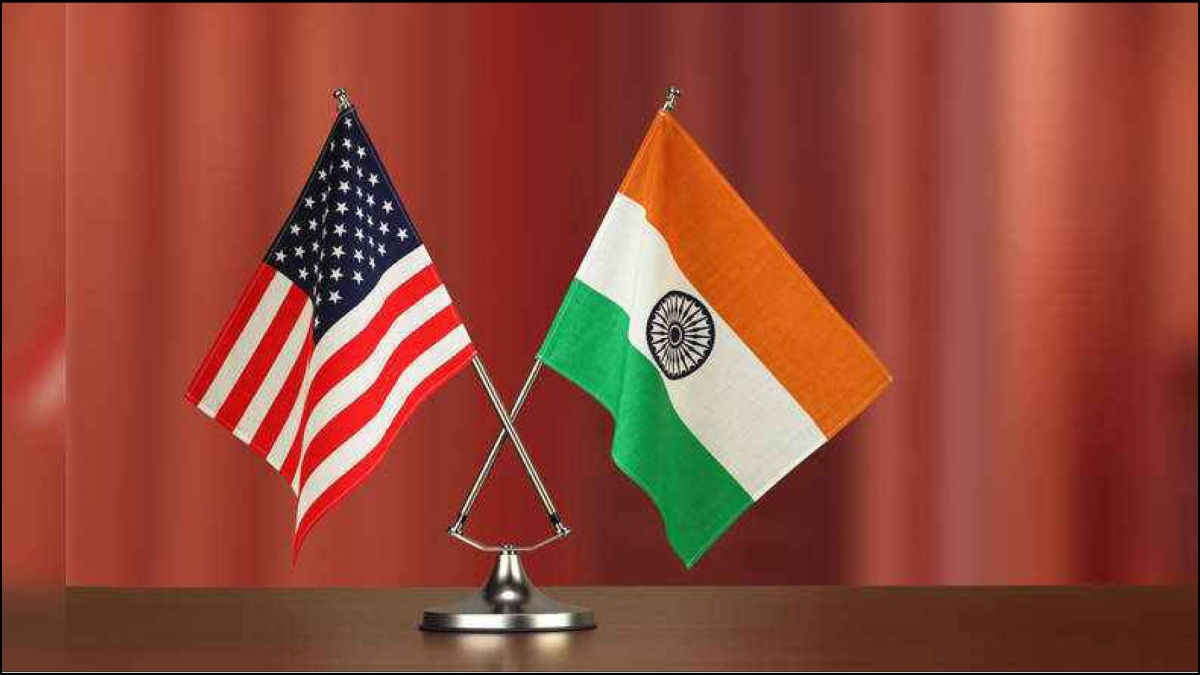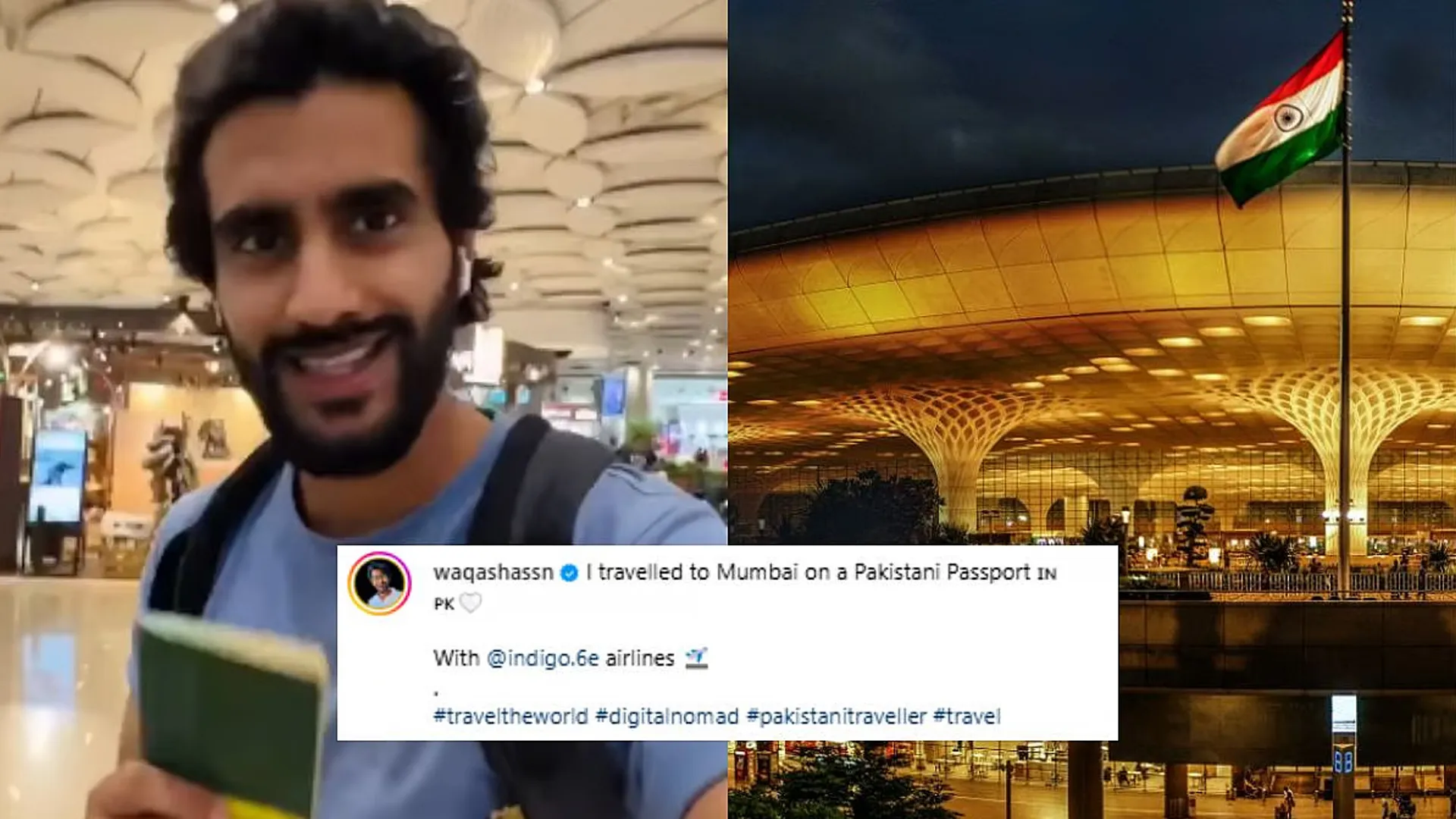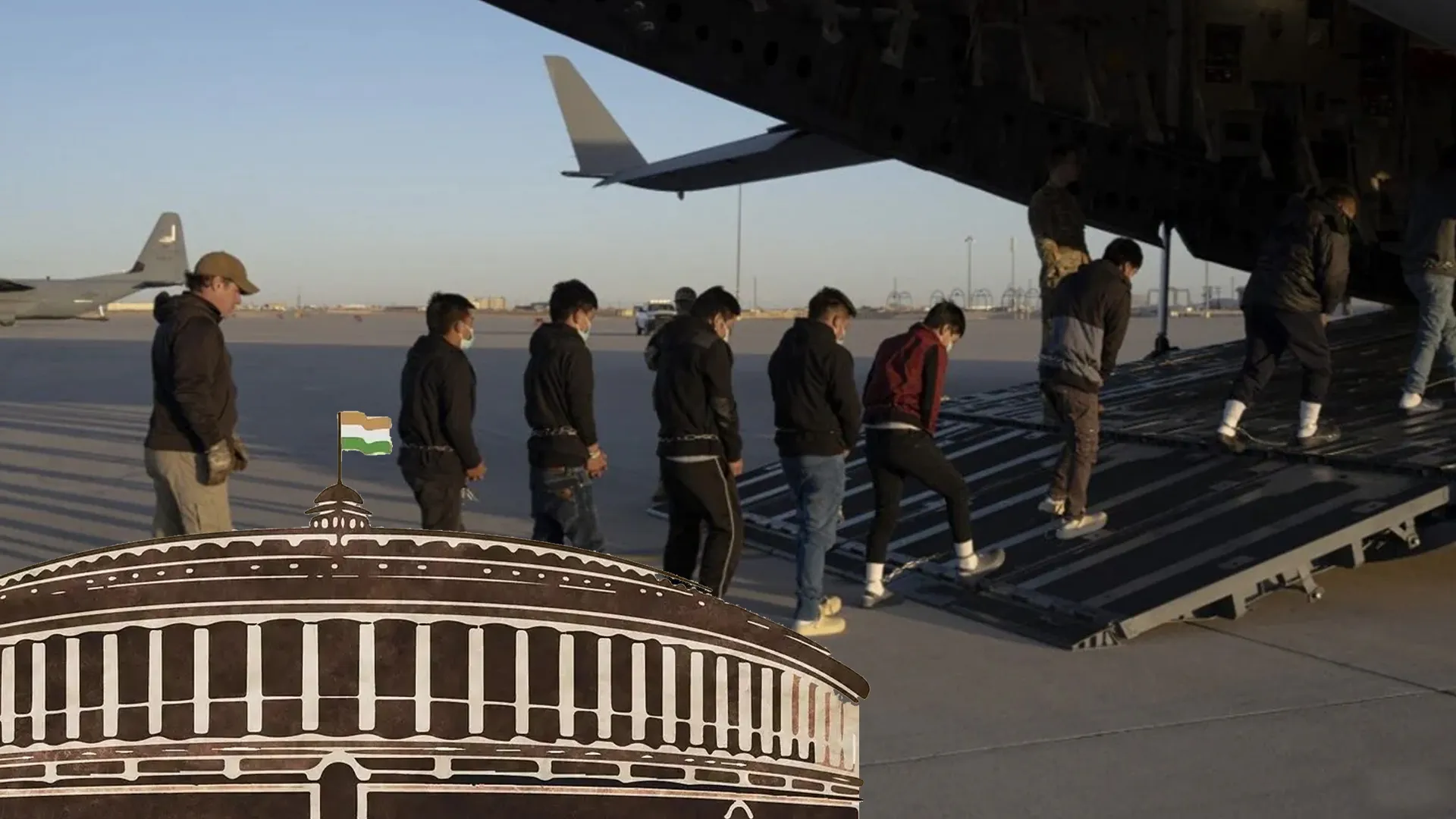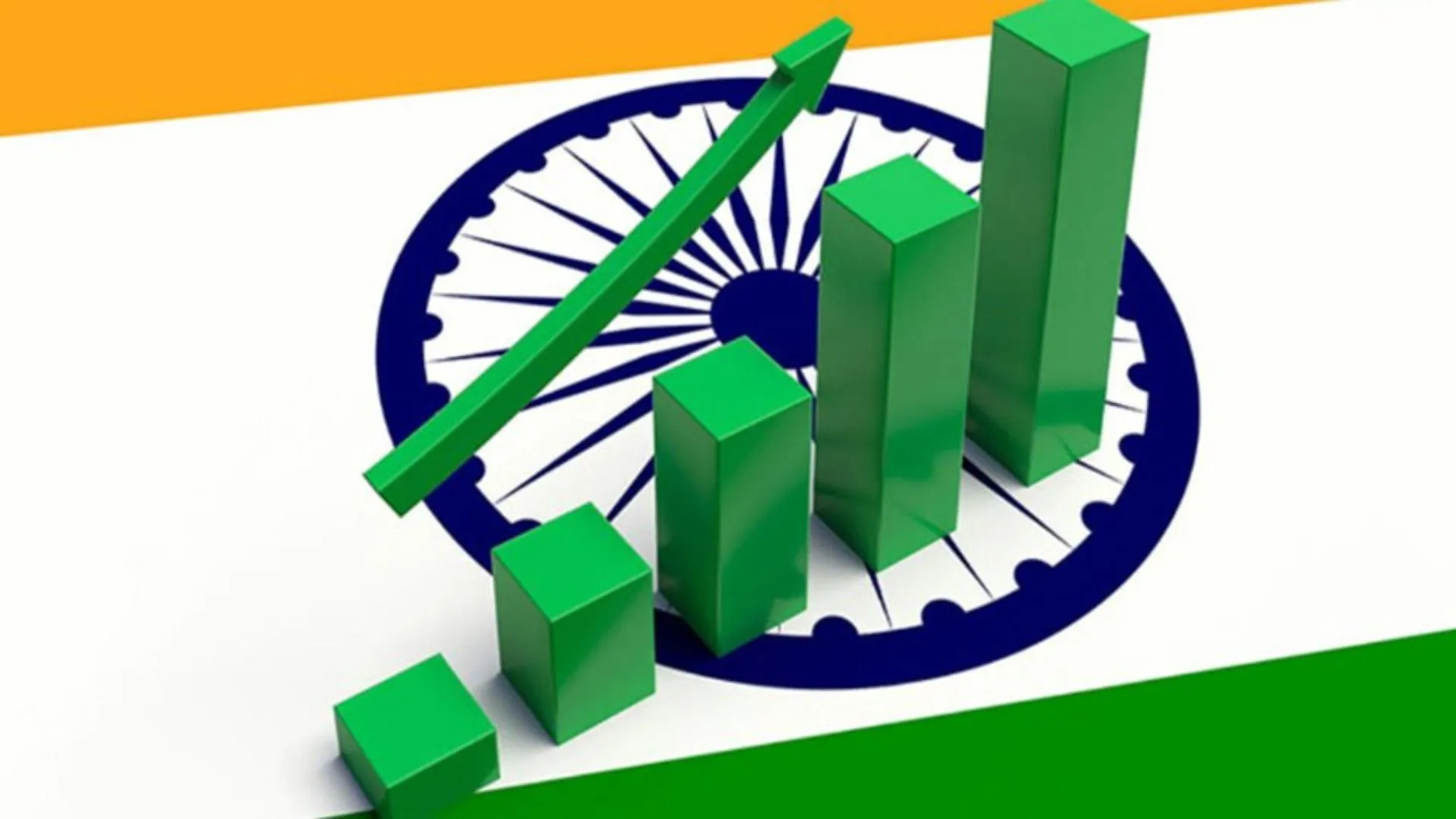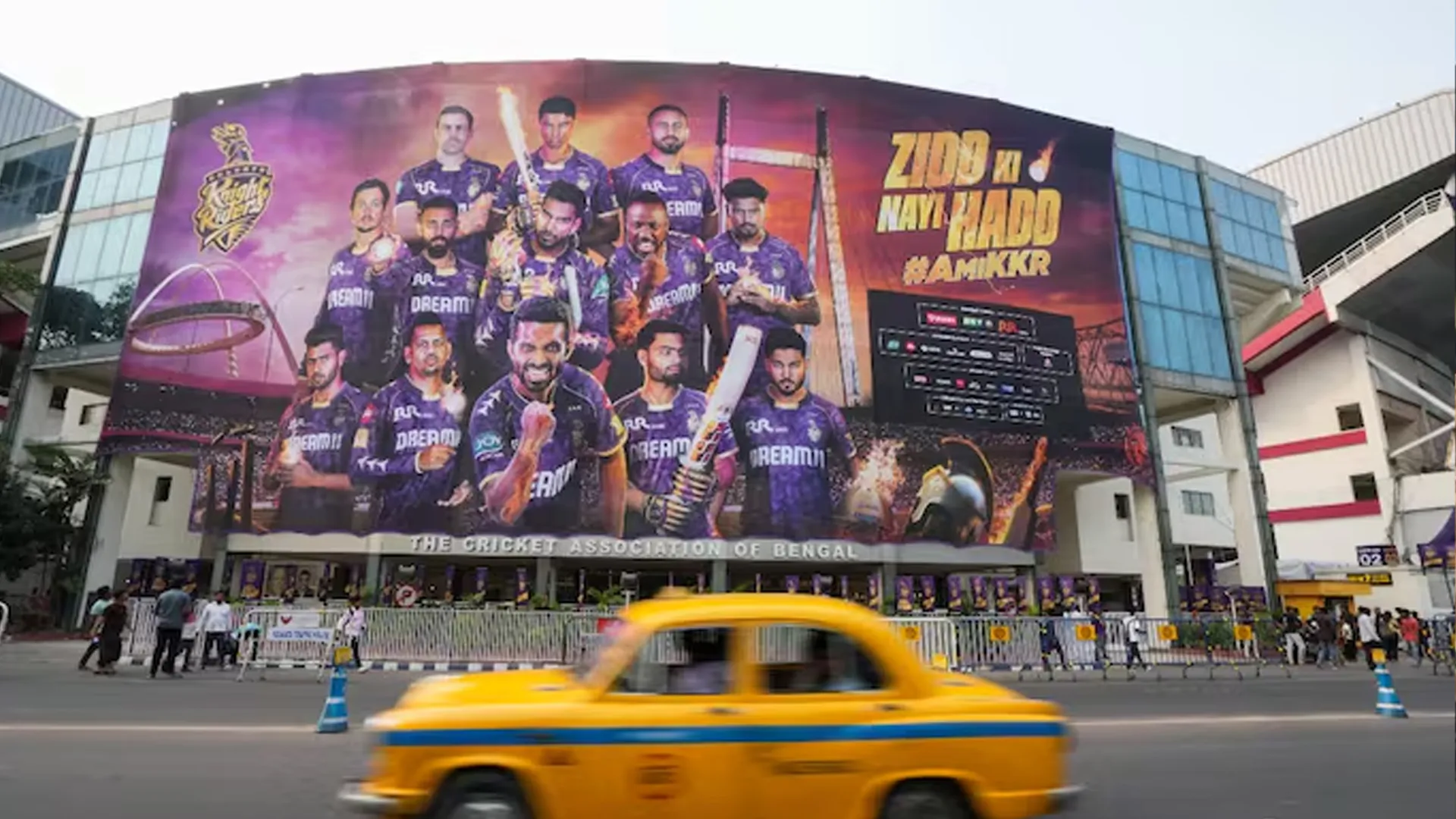After President Joe Biden’s inauguration, diplomatic circles worldwide and American strategic think tanks were abuzz with a single pertinent question—will the new administration be as tough as President Donald Trump against China? Given the “bipartisan hatred against the Dragon in the US political circles”, President Biden and his administration faced the enormous challenge to keep the legacy of Trump’s “anti-China stand, including curbs and a strong military presence in the Indo-Pacific Ocean to keep the Dragon rattled”.
From the Indian point of view, what most were interested to see was whether New Delhi would get the same “pampered treatment” and significance as a partner in the US diplomacy and strategic affairs in the Indo-Pacific region while confronting China’s arbitrary expansion. India seems to have retained that significant partner status, which was strongly endorsed by not only the phone calls between President Biden and PM Narendra Modi, but also a flurry of diplomatic and strategic communications by US Secretary of State Antony Blinken, Secretary of Defence General Lloyd Austin and National Security Advisor Jake Sullivan with their Indian counterparts within weeks of assuming office.
The recent high-level Quad ministers’ meeting involving the foreign ministers of India and the US along with other key partners, Australia and Japan, puts to rest all questions raised about the Biden-Modi strategic compatibility. In fact, diplomats and Asian experts feel that India’s importance in US security planning and strategic affairs to jointly confront China in the Indo-Pacific region is on the cards. Former diplomat and South Asian affairs expert at the Johns Hopkins University, Walter Andersen, strongly feels that the importance of India to US security planning in the Indo-Pacific region is underscored by the multiple contacts of high-level officials of the new Biden administration. China’s growing power and assertiveness is the driving factor for both the US’ focus on the Indo-Pacific as well as the growing interest of other key Asian powers like India, Japan, and Australia in closer ties to the US.
Andersen says, “These US officials have talked of India as a `critical and preeminent partner’, underscoring a long-held US view that India, with its huge population, growing economy, nuclear capable military and critical position jutting down into the middle of the Indian Ocean to the south and a long-contested border with China to the north, is critical to preventing China from becoming the hegemonic Asian power.”
To make this strategic partnership even louder and clearer than Trump’s presidency did, Secretary Blinken has connected with his Indian counterpart three times between January 29 and February 8 in person-to-person conversations and then at the February 18 ministerial with the members of the so-called Quad.
Andersen adds that the strategic thrust given to the Quad under Biden has a wary approach, similar to its predecessor, to what it has called the “Chinese challenge”. While not the equivalent to an Asian NATO, there is a cooperative security dimension to the Quad, with annual naval exercises that Australia has just rejoined after a decade-long hiatus following a Chinese protest. “In a crisis, the four are now able to cooperate with each other on security matters. While Blinken is not the first senior US official to talk of US-Quad or US-Indian partnership, he has set the foundation for a further expansion of the security relationship, should both the US and its three Asian partners require it. They now have the basic security architecture to do so,’’ says Andersen, a specialist on Indo-US diplomatic affairs.
Satoru Nagao, a non-resident fellow at the Hudson Institute and an expert on India-US-Japan security relations, says, “Despite the Biden administration saying that China is the “most serious competitor”, they are restructuring their China policy. It is expected that the long term purpose of their China policy will be the same as that of the Trump administration’s, but the ways may be different. The Biden administration is under process to come out with a clear policy towards China, and they need to collect more information. Therefore, this Quad meeting is important for the US to understand what kind of opinion other Quad members (India-Japan-Australia) have as information.’’
Nagao also agrees with Andersen on India’s significance in the Quad for the US’ new strategic push in Indo-Pacific region. The Japanese expert on Indo-Pacific affairs says, “For the US, the Quad is cooperating with India. The other two (Japan and Australia) are formal allies for the US. India is only a newcomer for the US. Therefore, the Quad meeting is an important meeting for the US to communicate with India.”
However, he added, “The Quad is different from an India-US bilateral meeting. The topic is more focused on security. And along bilateral relations with the US, India-Japan, India-Australia, Japan-Australia also exchange opinions at the same time. The Quad meeting is writing a big security picture in the Indo-Pacific.”
Apart from Quad dynamics emerging in the Indo-Pacific, the closer India-US ties are becoming a major worry for Beijing, which has gradually started to perceive New Delhi as a competitor. Andersen says, “The recent Chinese agreement with India to pull back troops and security infrastructure in eastern Ladakh along the disputed Line of Actual Control may be Beijing’s recognition that continued Sino-India tensions are driving India closer to the US. New Delhi has the room for maneuver on security issues as it is unwilling—at least so far—to consider a military alliance with the US against China and is careful to phrase Quad issues as something less than an alliance against China—unless provoked by China.”
The US and India see China as a common enemy and regional threat due to the latter›s arbitrary expansionist agenda. To keep the pressure on China and maintain the regional military balance in East Asia, there are ways to engage and confront China, says Nagao. “First, China’s repeated disregard for international law when laying claim to new territory. Dr. Lobsang Sangay, the President of the Tibetan exile administration, expressed that the Dalai Lama considers the disputed territories of both Ladakh and Arunachal Pradesh to be a part of India. Thus, there is a high possibility that China’s claim to areas along the India-China border is legally baseless. If so, the US and India must continue to respect the rule-based order grounded in current international law… Second, China’s behavior in the South China Sea is a valid reason for the US and India to create multiple fronts at the same time. For example, if India cooperates with the US, India will not need to deal with all the Chinese fighter jets at once, because China is likely to keep some of their fighter jets in their east side against the US (in the East China Sea and South China Sea), and vice versa.”
There is more beyond Quad as a mere security dialogue. In fact, there’s an opportunity in waiting for India and the US to beat China in the economic sphere while winning the confidence of smaller nations reeling under Beijing’s “debt-trap diplomacy.’’ India’s strategic cooperation with the US in Asia will not only promote regional security, but also economic cooperation. China has invested hugely in smaller countries. These smaller countries, due to the huge debt, are hesitant to criticise China.
Nagao says, “If India and the US reduce China’s income, it is the right way to deal with China. However, it is also true that the US needs to assure its allies and like-minded countries that the strong position toward China will not stop the economic development of those siding with the India-US alliance. Indeed, the current economic system in the Indo-Pacific is dependent upon China. Many global companies built their factories in China. Many companies are selling their products within China. Thus, economic structure itself needs to change. India and the US should relocate their factories and find new markets elsewhere and two nations need to support small countries› infrastructure and markets instead of China.”
Interestingly, for many like Andersen, the Covid pandemic brought India and the US together on a far stronger note. Not only did India’s global stature rise in terms of the vaccine diplomacy it launched under PM Modi, but the pandemic also made the two look beyond mere foreign policy goals. “They have a common interest in containing Covid-19 and India, the world’s largest producer of vaccines, has the industrial capacity to produce a large part of the world’s needs. With various strains still in the air and the US Covid death toll now at 5 lakh people, chances of renewed outbreaks exist. The two can be strong as ever in what many see it as Biden-Modi health diplomacy,” says Andersen.
Not to miss, the two democracies, which have fought global terrorism together since the 9/11 attacks, are set to script a new partnership in climate change with both Biden and Modi on the same page when it comes to saving the globe from climate risks. Says Andersen, “Both can work together to handle climate change as such dangers threaten both the melting Himalayan glaciers for India and rising water levels in coastal US.”
So, it seems like the strong strategic window of India-US diplomacy opens in the Indo-Pacific!

